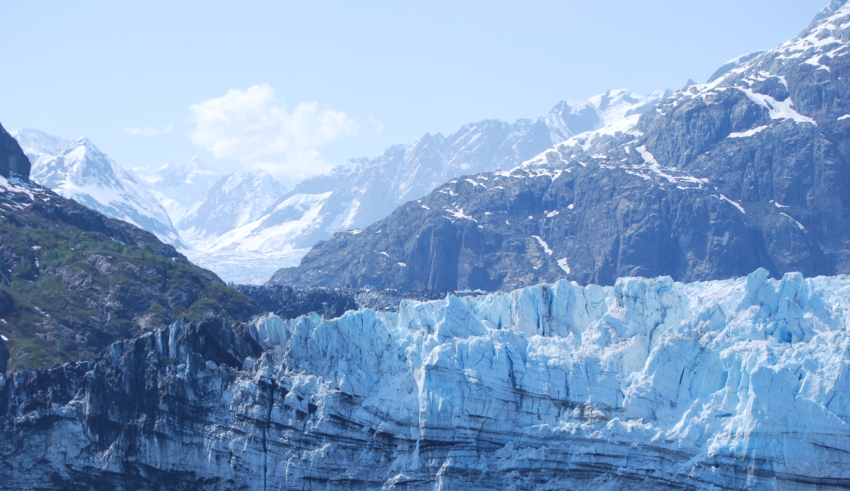
Dilemmas
Certain Essential issues that we face appear impervious to a definitive solution. This leads to a significant increase in levels of collective anxiety—which, in turn, leads to rigidity of thought and a preference for fast-thinking and fast-solutions. Under these conditions, polystatic predictions are likely to be lousy. Resulting biological reactions and behaviors are likely to be mal-adaptive: “garbage in and garbage out.” With recognition of a mal-adaptive response, we are likely to try out something else – which also will fail. There is now dithering of biology and behavior—which creates yet another challenge.
It becomes useful to classify these Essential issues as Dilemmas—and to acknowledge that these contradictions are likely to occur frequently in our mid-21st Century society. We may be uncertain about the immediate dilemma that has occurred but can remain certain that there will be many dilemmas in our VUCA-Plus environment. I propose that many elusive problems and messes are actually dilemmas. Dilemmas are like problems in that they are complicated. Like messes they are also complex. In addition, the interwoven elements are often in opposition to one another. The VUCA-Plus condition of contradiction joins with the condition of uncertainty. Different priorities and/or different perspective are present. We may view the issue from one perspective and take action to alleviate one part of the issue. We then immediately confront another part of the issue. This other part is often represented by an opposing point of view that is offered (with passion) by other members of our family. community or society. We move from one prediction to another prediction and from one dithering reaction to a second or third reaction.
As in the case of problems and messes, dilemmas can be described as “rugged landscapes.” However, because dilemmas involve multiple elements that are intimately interlinked and in opposition to one another, they are far more than a cluster or range of mountain peaks of similar size. This type of landscape is filled not only with many mountains of about the same height, but also with many river valleys and forests. An entire complex ecosystem is involved. This ecosystem incorporates the outcomes of competing elements that push against one another (earthquakes), erode one another (riverbeds) and/or produce diverse fauna and flora (trees, plants, animals, etc.). Think of the Appalachian Mountains (in the Eastern United States) or the Alps (in Europe). Compare this with a landscape in which one mountain peak dominates or in which a series of mountains dominate. In a rugged and dilemma-filled landscape, one finds not only abundant competing viewpoints and values, but also an intricate interweaving of these differing viewpoints and values in new and surprising ways. In this setting we also find exceptional beauty that presents itself in many ways—suggesting our use of a diversity-based lens of Essentials. Nature can be viewed like a kaleidoscope.
The uncertainty itself creates opportunity for not just beauty but also curiosity. And when we are curious—as was the case with Albert Einstein—we become creative. Ralph Stacey (1996) has noted that it is in the midst of richly textured (complex) systems that we are most likely to find creative solutions. These solutions are often located in the curiosity-filled gaps that exist between various sectors of a family, organization or community. Franz Johansson (2004) writes about the Medici Effect (referring back to leadership provided by the Medici family during the Italian renaissance). This effect is engaged in the intersection between often-competing disciplines. New solutions are generated in this intersection. Members of one discipline are curious about what those in another discipline have to say. New learning can occur as alternative perspectives on an important issue are introduced. Artists can learn from scientists. Historians can provide insights to those who are engaged in politics. I have myself conducted sessions where art professors in a college can learn about the use of laboratories from professors of chemistry, while at the same time teaching these chemists about the use of studios as a mode of education.














